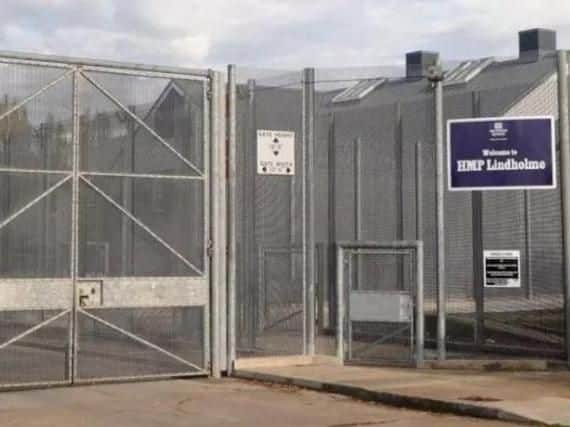Facial recognition technology used at Doncaster prison in bid to stop drug smuggling


The technology was trialled at HMP Lindholme in Doncaster alongside HMP Hull and HMP Humber and it could now be rolled out to other jails.
CRIME: Police chiefs defend Sheffield derby policing operation The Government has revealed that cameras have been used to help security staff identify visitors intent on bringing illegal substances into jails.


Advertisement
Hide AdAdvertisement
Hide AdJustice Secretary David Gauke said: "New technology is vital in our fight against the gangs that seek to cause chaos in prisons, and this biometric equipment has the potential to significantly aid our efforts.
"It forms part of this Government's multi million-pound investment to improve the safety and security of our prisons.
"Alongside our successful officer recruitment drive, measures like this will help make prisons places of rehabilitation where offenders can turn their lives around. This will cut re-offending and make the public safer."
Intelligence work has flagged up a trend of visitors supplying illicit items to multiple inmates and jails in England and Wales.
Advertisement
Hide AdAdvertisement
Hide AdBut officials say the culprits have proved difficult to track as organised criminals may falsify their ID documents.
While some prisons have access to fingerprint technology, most sites rely on paper-based verification using documents like driving licences.
As well as being open to abuse by contraband traffickers, this system is slow and resource intensive, according to the Ministry of Justice.
It said the new biometric technology allows staff to identify visitors using applications based around document validation, iris scanning and facial recognition software.
Advertisement
Hide AdAdvertisement
Hide AdThe equipment highlights suspicious individuals who can then be refused entry, and provides evidence for future investigations.
There are also indications that the machines can provide a deterrent effect, with one of the pilot prisons registering higher than usual ‘no shows’ at visits after attendees found out the software would be in operation.
In addition to drugs, prisons are also attempting to stem the flow of illegal phones amid concerns they are used to facilitate more crime and intimidate victims.
In the year to March 2018, there were more than 23,000 incidents of mobiles or drugs being seized by jail staff - a rise of nearly 4,000 on the previous 12 months.
